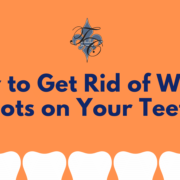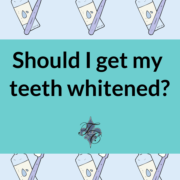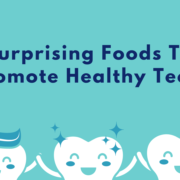Choosing the right mouthwash
We’ve talked toothbrushes, toothpaste, and floss – but what about mouthwash? If you’d like to add a mouthwash or rinse to your oral care routine, it’s important to be aware of just what a mouthwash or rinse does. Some freshen breath, others provide an anti-cavity benefit from fluoride, while others contain germ-killing ingredients to help prevent plaque buildup.
You have many options, and the right mouthwash or rinse for you is the one that meets your dental hygiene needs for the health of your teeth and gums, and taste preference. Of course, mouthwash should be used along with other oral hygiene practices, but when used together with flossing and brushing, it can help to keep the entire mouth healthy. However, it can often be difficult to choose the best mouthwash for you and your oral needs. Dr. Chauvin and his team in Lafayette, Louisiana, can offer some suggestions for choosing the correct mouthwash.
Types of mouthwash
- Fluoride mouthwash:
- Recommended for those who are cavity-prone. In the United States, tap water contains small amounts of fluoride in order to promote dental health for society as a whole. However, for those who need extra protection, a fluoride mouthwash can create a protective film over the teeth.
- Antibacterial mouthwash:
- This type contains chemicals to help fight against gum disease and other infections. Mouthwashes made specifically to fight bacteria can be a great preventive method for developing infections in the mouth. However, if an infection is already present, a dentist can prescribe a more powerful antibacterial mouthwash to treat the infection and prevent it from spreading.
- Alcohol Mouthwash:
- This type works as an antiseptic. It clears the mouth of germs and some viral infections (that’s where the burning sensation comes from). However, if you have issues relating to dry mouth, alcohol can exacerbate the problem. If this is the case, consider using an alcohol-free mouthwash. This will free your mouth from the drying effects of the alcohol base.
Schedule an appointment with Lafayette dentist Dr. Chauvin today
Remember that mouthwashes are to be used as one part of an entire oral hygiene program. Visiting Dr. Chauvin twice a year, brushing and flossing daily, along with using mouthwash are all necessary aspects of a full oral hygiene program. Contact our office today to schedule an appointment.







